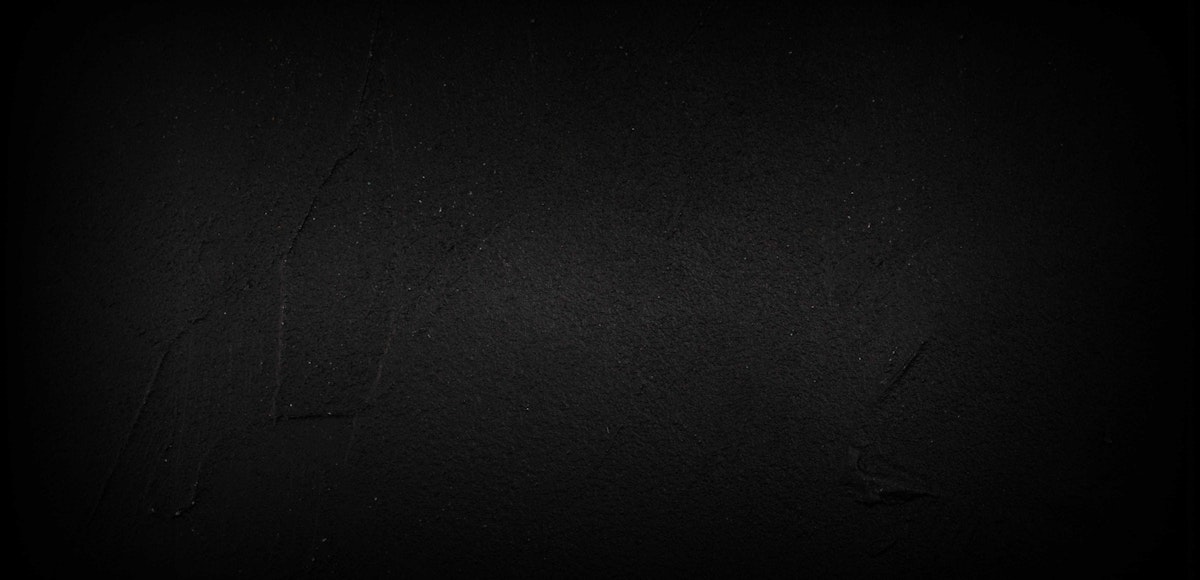Sculpture, an audiovisual duo, has a surprise in store for the audience on the night of the opening of Turn On! You can expect an extraordinary electronic audiovisual performance! To add to the excitement, we’ve interviewed Dan and Reuben, the two artists behind Sculpture. Dive into the tale of two friends who united their shared passion to form a duo and give life to unique artistic creations.
How did Sculpture start about? What’s the story behind your duo?
Reuben: It started when we decided to join forces on a sculpture show at this great place called “Elevator Gallery” which served as both an exhibition and a party spot. The show went well had a natural flow, and was largely improvised, so required minimal rehearsal. Subsequently, we did more shows and at some point, it evolved into a duo.
Dan was already creating distinctive music in a solo capacity, as well as playing in bands that I was familiar with. We were aware of each other’s artistic work and achievements, and were also neighbours and friends in the old Hackney Wick semi-free zone before the main phase of gentrification.
Dan: Exactly, Reuben moved in next door. It was a perfect coincidence! I was interested in visual music and artists like Len Lye, Lillian Schwarz, and Jordan Belson/Harry Jacobs and their Vortex concerts. Reuben’s animation amazed me, and I was inspired by the free, kinetic collage possibilities of the medium he was using – the ‘video zoetrope’ or whatever you want to call it. Reuben uses it like a musical instrument, it’s visual turntablism. I had a similar semi-chaotic technique of collaging music from various devices, teetering on the brink of being out of control. So, we became a performance duo like a drummer and bass player. Sometimes I think of the visuals as the singer in the band, or the dance troupe, Busby Berkeley style.





